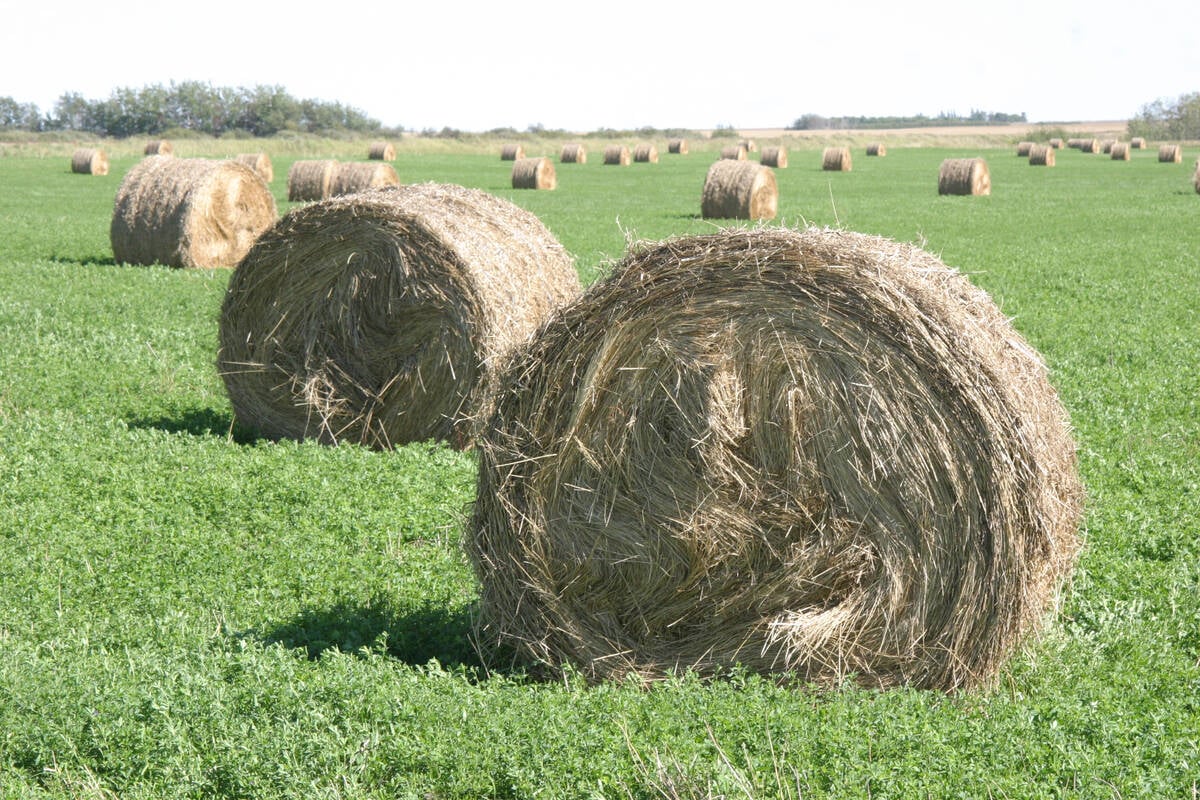MERRITT, B.C. — Variability is the norm for British Columbia’s climate, but farmers should be prepared for more extreme weather events.
Helping them adapt is one of the duties of the B.C. Agriculture and Food Climate Action Initiative, which started in 2008.
“Producers could not see a single solution to dealing with this problem,” said Emily MacNair of the initiative.
The climate is variable and affects what is grown in each area, whether it is ranching in the interior or orchards in the Okanagan, she said at the B.C. Cattlemen’s Association annual meeting held in Merritt earlier this year.
Read Also

Breaking down successful winter feeding into six steps
It’s that time of year when it is important to start planning for a cow herd’s winter feeding program. Here are six steps I think are necessary to consider when getting your feed tested.
Regional plans and local advisory committees have been formed, and agriculture groups administer program funding.
Each region received $300,000 to implement priority projects.
Studies have shown that the greatest impacts for B.C. agriculture include hotter, drier summers, while lower winter snowfall and snow packs have reduced water supplies. Increased and more extreme precipitation has been experienced in fall and winter. There is more extreme runoff, erosion and flooding.
Wildfires in the dry regions are increasing, but up to now government policy has focused on protecting urban centres as opposed to the effects of wildfire on rural areas. Fire mitigation plans are in development.
A secure water supply is the greatest priority for many ranchers.
Many have dams for water storage and more help is needed so that individual dam owners do not bear as much of the burden in maintaining them, MacNair said.
One project assessed surface water supplies in the Cariboo to determine which areas are at risk of losing livestock water and what kinds of development might be considered as summers grow hotter and drier.
Another project in the Peace River district is assessing the potential for irrigation for grain farmers. The area is a major grain growing area, and drought is a regular threat.
Other water projects are smaller but meaningful.
Allen Dobb of the program has visited farms across the province to see what they need in terms of water storage, drainage, shelter belts, conservation tillage and nutrient management.
“We want to promote innovation in farm practices,” he said.
Up to $150,000 is available for specific projects, which could include improved range management, extended grazing, water development or the introduction of new practices to improve soil carbon.















